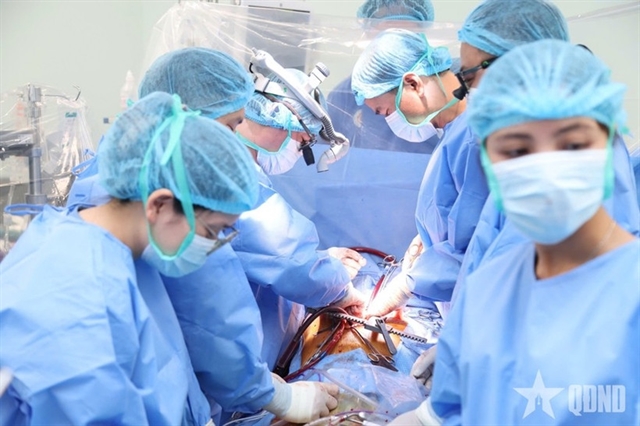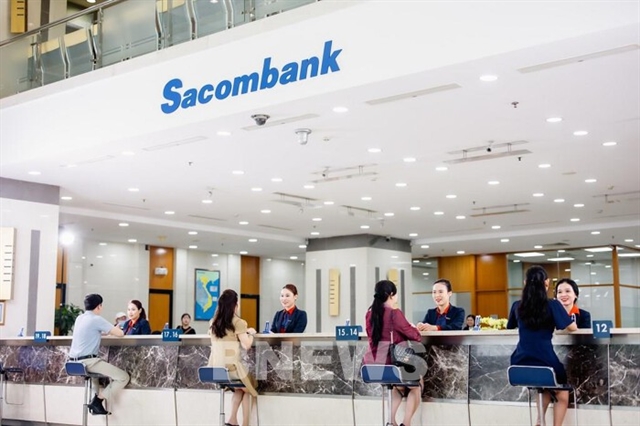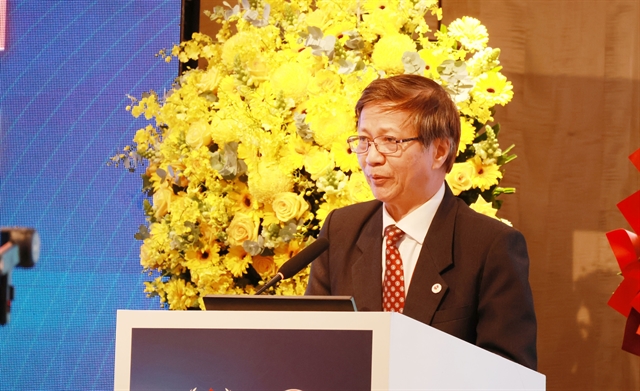 Politics & Law
Politics & Law


|
| Prime Minister Phạm Minh Chính talks to delegates at the conference. — VNA/VNS Photo |
HÀ NỘI — Prime Minister Phạm Minh Chính emphasised that the southeastern region needs to focus on developing infrastructure, institutions and human resource training to promote three growth engines of consumption, investment and exports.
The southeastern region coordinating council, of which PM Chính is chairman, debuted in HCM City on Tuesday.
The council is one of four regional coordinating councils established by the PM to address the nation’s socio-economic difficulties and promote sustainable and rapid economic growth following the aspiration of the 13th Party Congress and resolutions of Politburo, National Assembly and Government.
The southeastern region’s planning must address issues such as traffic congestion, housing for factory workers, low-income people, removing slums in urban areas as well as protecting local people’s living environment and ecosystems, the Cabinet leader told the conference on Tuesday.
He asked the council members to study and propose institutions, mechanisms and specific policies to boost regional linkages, especially breakthrough policies relevant to the region’s important location and role.
He cited some economic models that need to be promoted, such as free trade zones associated with seaports in Cái Mép Hạ area, circular economy, and nighttime economy.
The council will be responsible for assisting localities in addressing inter-provincial issues such as investment in highways and bridges spanning two localities or solving environmental pollution problems between localities upstream and downstream of river basins.
He emphasised that the southeastern region has advantages in urban areas, logistics, high-quality services, science and technology, innovation and digital transformation, which make the region different from others. He proposed studying the establishment of a regional infrastructure development fund in order to have separate capital sources for regional linkage.
He urged the council members to complete provincial and regional planning procedures to soon submit to competent authorities for approval, serving as a basis for regional linkage activities.
At the conference, representatives from ministries and localities proposed solutions to coordinate and attract resources to build a synchronous and modern southeast region's traffic network; solutions to build and develop big cities in the region into modern cities of Southeast Asia and Asia.
The conference also heard proposals on promoting start-up, innovation and artificial intelligence centres in HCM City, Bình Dương Province, Đồng Nai Province; solutions to deal with environmental problems, inundation and adaptation to climate change; how to promote digital transformation and build a regional data centre.
The southeastern region, including HCM City, Tây Ninh, Bình Phước, Bình Dương, Đồng Nai, Bà Rịa-Vũng Tàu provinces, have an area of 23,551sq.m and population of about 18.8 million people. It is the largest economic centre of the country.
In 2022, the region’s GRDP accounted for about 31 per cent of the whole country with exports contributing 35 per cent to the nation.
According to the Politburo's resolution and the Government's action plan, in the future, the southeastern region will develop into a dynamic development area with high economic growth and largest growth engine of the country.
It will become a science, technology and innovation centre, high-tech industry, logistics and international financial hub with high competitiveness in the region. — VNS




